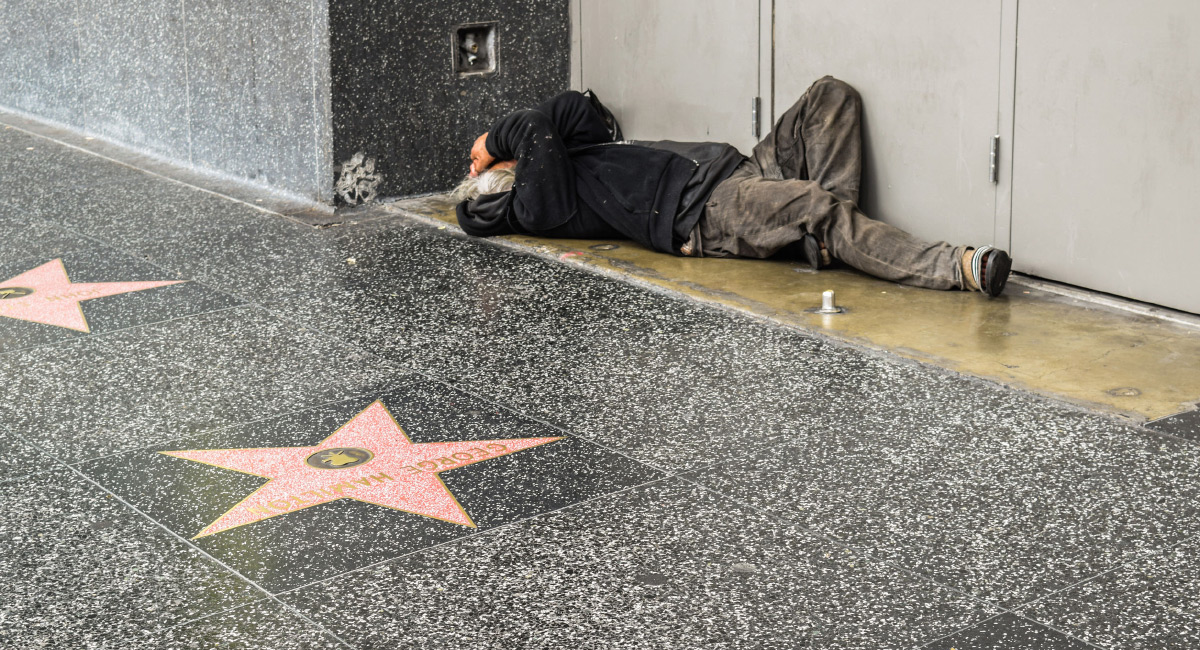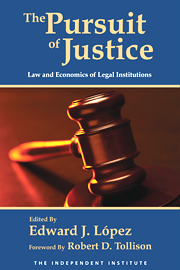California’s state government, and many of its local governments, particularly in its largest metropolitan areas, have largely failed to learn the lesson that economic freedom leads to economic prosperity—for all income brackets.
While many have been able to generate a great deal of wealth in spite of California’s relatively strict regulation of economic and personal liberties, particularly in the Silicon Valley/Bay Area and Southern California coastal enclaves, the state also suffers from a great deal of poverty.
In fact, California has the highest poverty rate of any state (about 18 percent, versus a national average of around 13 percent), according to the U.S. Census Bureau’s supplemental poverty measure, which incorporates cost of living and income from government assistance programs.
The state and local governments make poverty worse by enacting numerous policies that increase the cost of living and reduce the amount of earnings California workers can keep and save, invest or spend on their families.
Perhaps the most obvious examples are tax policies. California has not only the highest personal income tax rate in the country, but the highest three brackets (and five of the top 10 rates), the Tax Foundation reports. It also has the highest state sales tax rate in the country (and the ninth-highest rate when average local sales tax rates are included), and the eighth-highest corporate tax rate. And, despite all the hand-wringing among Democratic legislators about Proposition 13, California still has the 14th-highest property tax rate in the nation.
While California’s income tax structure is very progressive—the top 1 percent of earners pay nearly half of all income taxes—numerous other taxes are quite regressive, taking up a larger share of the poorest residents’ incomes, and thus hitting them the hardest.
The recent increase in gas taxes has made California the highest-taxed state in the nation, adding more than 62 cents per gallon to the price of gas, not to mention an additional estimated 10 to 12 cents per gallon attributed to the state’s cap-and-trade program and a recent increase in vehicle registration fees. This makes it especially difficult for lower- and middle-income workers who have long commutes because they cannot afford to live closer to work.
Regressive environmental regulations favoring more expensive forms of “clean” energy and state-protected regional utility monopolies have also caused California to have some of the highest energy prices in the nation, which, once again, hurt poorer families the most. Similarly, “sin taxes,” like those imposed on cigarettes, marijuana and even soda, tend to squeeze lower-income families more.
The state and local governments have done much to drive up the cost of housing, the largest asset most people will ever own. This has been one of the primary reasons so many people have fled to lower-cost states with greater economic opportunity, such as Arizona, Nevada, Texas and Florida.
According to a March 2015 report from the nonpartisan Legislative Analyst’s Office, California’s housing costs have risen dramatically from about 30 percent above the national average in 1970 to two-and-a-half times the national average today.
It also noted that development fees charged to builders (and passed on in housing prices) are three-and-a-half times the national average, costing tens of thousands of dollars more. Excessive building standards and regulations like the solar roof mandate, which could add $10,000 to $20,000 to the cost of a new home starting next year, hike costs even further. A 2016 National Association of Home Builders study estimated that government regulations account for about a quarter of the price of a new single-family home.
Housing costs are increased through a number of other ways as well. Local zoning laws restrict the amount of land that can be developed, driving up prices for housing elsewhere; arduous local planning processes and environmental regulations such as the California Environmental Quality Act make it more costly and difficult to build, similarly restricting supply and increasing prices; affordable housing mandates and rent control laws oftentimes make building unprofitable, further reducing supply or ensuring that only luxury housing is built; prevailing wage laws that mandate union wage scales significantly drive up building costs; and the list goes on.
California also makes it very difficult to earn a living. It routinely places at or near the bottom of multiple surveys of state business climates. Occupational licenses are one way governments reduce job growth and economic opportunity by requiring fees and arbitrary standards that may not even relate well to job performance. In a 2007 study I did for the Reason Foundation, I found that California required licenses for the most job categories of any state (177), nearly double the national average (92).
State and local minimum wage laws similarly cut the bottom rungs off the economic ladder for many people. While they are typically sold as a means of alleviating poverty, this is not supported by the economic literature. Though some who experience a minimum wage boost and keep their jobs may be lifted out of poverty, at least as many will fall into poverty because they lose their jobs or see their hours cut as a result.
Still others will never be hired in the first place because they cannot compete with higher-skilled job applicants for the higher wage rate. Moreover, as San Diego State University economics professor Joseph Sabia explains, increasing the minimum wage is a poor way to address poverty simply because so few minimum wage workers are poor.
Many are high school and college kids from middle- or upper-income households—about half of minimum wage workers are under the age of 25, not heads of households trying to provide for their families.
The above is just a small sampling of the ways the state and local governments in California make it more expensive and more difficult to live. It should come as little surprise, then, that the state struggles with such high rates of poverty and net migration to lower-cost states offering more economic freedom.
Simply removing these barriers to economic liberty would unleash a wave of economic growth that would raise incomes and reduce poverty greater than any government program could hope to achieve.









